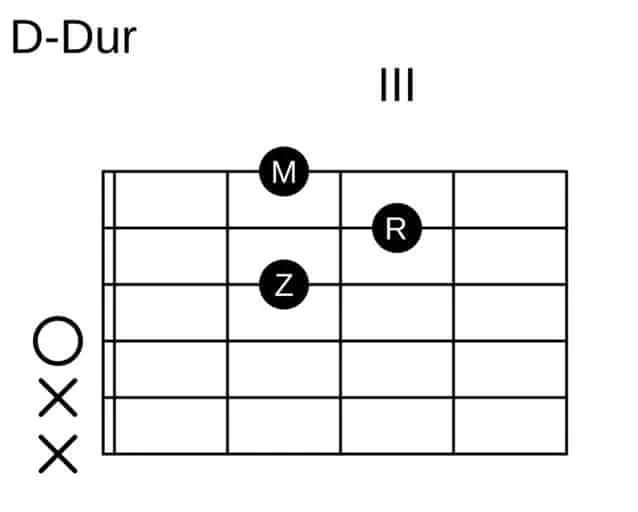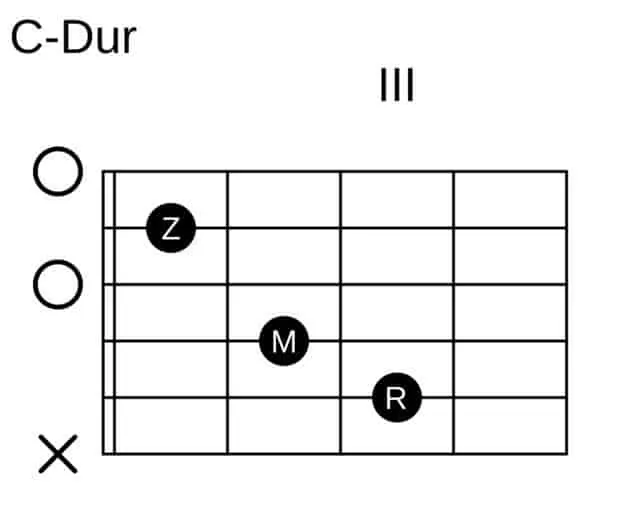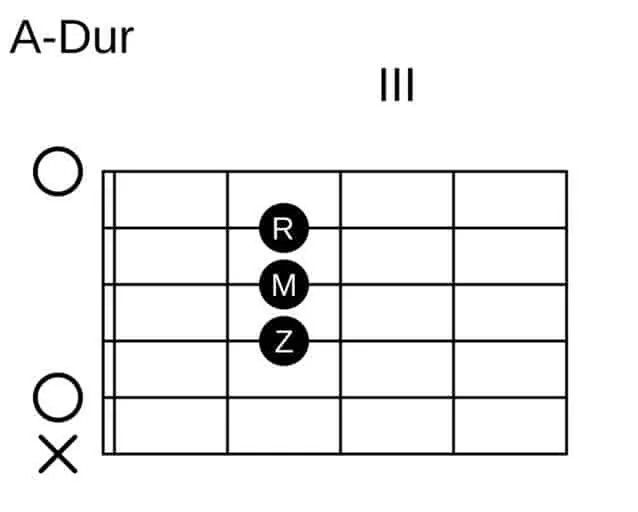Writing music offers a window into the soul. Artists across generations bare their souls with musical progressions, finding beauty in catharsis. There’s even evidence that suggests that playing an instrument helps us develop our motor and memory skills. Writing music offers a type of self-expression that’s seldom matched. But getting started can be overwhelming.
If you’re new to guitar, can you write songs? How many chords do you have to know to come up with a catchy tune? How do you match the words to the music? While practice and technique make your life easier, you don’t have to be an expert to start playing your favorite guitar tunes. Learning a few basic guitar chords should be enough to get you started.
Becoming familiar with movement:
When you’re looking to learn new chords, place your fingers on the frets in the designated location, and make sure that you’re not muting any of the strings. The sound should be clear and equal across the guitar. Getting this part down can take a little time. If you have trouble, try shifting your fingers around and apply different amounts of pressure. Once you have the hang of the chord shapes, try switching back and forth between chords, eventually finding a steady rhythm.
Most beginner guitarists use picks to help them strum. I’ll admit, having started my life of music on the piano, I’ve never been a pick fanatic. I’d much rather finger pick. But it’s probably easiest to get started with a simple strum pattern.
Basic strumming patterns:
D D D D
1 & 2 & 3 & 4 &
This pattern has you strumming down with every beat. It’s the simplest and easiest pattern to master.
D U D U
1 & 2 & 3 & 4 &
This pattern encourages a down then up strum. While it’s a bit more complicated than just strumming down, it gives you the ability to create hills and valleys in your music.
As you become more comfortable with your guitar, you can play with your own patterns or explore more complicated options. But these two offer you a good place to start while you’re new to guitar.
Chord progressions for writing music:
Using any combination of the following chords should stimulate some creativity. While these chords mesh nicely, they don’t have to be played in any particular order, which should give you the freedom to follow your instincts. Once you learn a handful of new chords, you can add them to the following progressions. Liberty Park Music does a great job of showing you how to read chords as well as giving you a sheet of a whole bunch of different ones.

The G-D-C diagrams
G-D-C
The first time I picked up a guitar, my Uncle suggested that I become familiar with the G, D, and C chords. He claimed that all of the great songs in history involved some combination of those sounds. The following YouTube video gives you a great tutorial to get you started with these chords.
Here is the EM chord you’ll need to get yourself started.
Em – C – D – G
Throwing in a minor chord helps convey a bit of sadness without going all Voldemort on everyone. Check out this video to get you started with this progression.
And here you can find an A chord to get you started
D-G-A
At this point, you already know how to play the D and G chords. The A chord compliments the D and G, but gives you another direction to follow while exploring songwriting. This video will get you started. You can also add a Bm into this progression if you’re ready to take the next step.
The nice thing about these particular progressions is that they play off of one another. Meaning, if you learn the G-D-C progression, you can use it in a number of other progressions. Some of the most popular songs in history involve some combination of these chords. You could be the next Johnny Cash, Van Halen or Lynyrd Skynyrd.
Popular songs that use these progressions:
“Sweet Home Alabama” by Lynyrd Skynyrd uses G-C-D
“Ring of Fire” by Johnny Cash uses G-C-D
“Bad Moon Rising” by Creedence Clearwater uses D-G-A
“Highway to Hell” by AC/DC uses D-G-A
“Brown Eyed Girl” by Van Morrison uses G-C-D-Em
“Good Riddance (Time of Your Life) by Green Day uses G-C-D-Em
The actual writing part in songwriting:
Some artists start with a chord progression and add words later. Others do the opposite. Everyone’s process is a little different. I like to choose chord progressions that reflect the mood of what I want to convey. But I usually find the rhythm in words that I write, so I wait until I have a verse or two to add chords into the mix. There’s a synchronicity that happens when you match the words and the music. Sometimes they fight one another. And sometimes they flawlessly mesh. And each song will be different.
My best advice is to take some time playing around with different strategies. Give yourself the chance to explore different genres. And allow yourself the opportunity to get creative. Try to match chords that don’t always seem to go together. Or to change your rhythmic flow to make a statement. What happens if you write a bunch of song lyrics and then try to match them to chords? It might take a few songs before you become comfortable with your flow. The creative process, while occasionally frustrating, is often the best part.
If you need some inspiration, start looking at famous artists. What worked for them? Do they have any quirks? Are all of their songs the same? If not, how do they vary?
General thoughts about songwriting:
Songwriting is cathartic. It allows you to express yourself in a personal, creative way. Whether you’re feeling down-in-the-dumps or happy and carefree, songwriting offers a lens into your own depths. While getting started can be intimidating, it can also be incredibly rewarding and inspiring for both yourself and others. There’s a huge demand for new, quirky songwriters. Channeling your creativity into music is a beautiful process. And starting out with a few, basic chord progressions should get you well on your way to becoming a rock star.





